Attention is the newest metric to hit the ad industry, but is it actually effective? Kargo ran its first digital campaign guaranteeing media quality with attention, and the results were impressive. Check out the case study to learn how one B2B tech company used attention to maximize its media spend. Download the case study here.
A gorilla walks into the middle of a basketball court…
That’d be sure to get anyone’s attention, no? Shockingly, according to the research study aptly referred to as “Invisible Gorilla in the Room,” only 50% of spectators saw it happen!
This is a prime example of today’s fragmented attention economy. A constant barrage of seemingly never-ending messages, advertisements, videos, and notifications all vying for your attention, across multiple screens, all at the same time.
A website (and its contents) has about 15 seconds to grab a user's interest before they move on to the next thing. This is a challenge for marketers, especially considering only 20% of users take the time to read text on a page.
As marketers, do we, like the gorilla, go unseen as we wave and beat our proverbial chests? Is our message being completely forgotten seconds after it's seen? Savvy marketers need to create an engaging experience in mere moments in order to cut through the noise of day-to-day digital life.
If I can keep your focus a little longer, we’ll explore the challenges the modern marketer faces and the importance of understanding attention in your next ad campaign.
Playing the Numbers Game
Measuring the full value of digital advertising is a challenge for marketers. Advertisers have recently leaned into viewability — a metric measuring if at least half of an ad has been on the screen for a minimum of one second. While an accredited industry standard, viewability does not measure anything actionable, making it a poor proxy for success. You see, an ad is deemed viewable regardless of whether it was closed after one second or completely skimmed over, so while your reporting (and invoice!) might show you garnered millions of views, did anyone actually pay attention to what they saw?
Clickthrough rate, viewability, and other standards of measurement, while valuable, simply do not tell the whole story. This is where (and why) attention comes in as a key tool to measure the true impact of an advertisement.
Attention: The Next Generation
Attention metrics refer to a set of data that can be used to approximate media quality and creative efficacy. Attention gives advertisers more transparency into the value of their media investment and control in optimizing towards more efficient and impactful results.
In addition to viewability, attention takes into account variables and signals such as scroll velocity, engagement rate, creative strength, placement size and position, and quality of context to help advertisers understand the attention being paid to a campaign’s creative. It can be calculated via page analysis, machine vision, and exact research correlated from labs, such as eye-tracking that records gaze and focus.
Attention measurement eases the stress of correlating success across an omnichannel campaign with varied benchmarks and KPIs, thus creating a comprehensive framework for marketers to measure success.
Creative is often overlooked but is in fact a key factor in maximizing attention. And as the cookie continues to crumble, marketers need to focus even harder on how they are finding (and keeping) their audience.
Messaging that doesn’t resonate, non-skippable pre-roll, banners with tiny ‘close’ buttons may all check the box for viewability but have an adverse effect on the quality of attention. Leveraging the best creative formats and utilizing contextual targeting to serve relevant ads based on real-time determination of a page’s content attracts interest, drives attention, and builds consideration.
Optimizing the user experience with personalized, beautiful, thumb-stopping creative that people will want to spend time with are more likely to be seen — and remembered!
Attention insights benefit publishers as well. Focusing on metrics like page views and impressions through click-bait editorial and content cluttered with intrusive units doesn’t drive meaningful engagement for the publisher, or the advertiser. Attention metrics can help a publisher understand which stories are the most captivating and where the user is engaging with the page. Incorporating these insights to optimize their digital experience builds an engaged and loyal audience base, in turn resulting in better bottom line performance for advertisers.
Driving Connections that Count
Companies, like Adelaide, offer more nuanced and intelligent sets of insights that go beyond viewability to empower brands and publishers to make media decisions that work towards their goals and quality standards.
At Kargo, we are doubling down our efforts in attention measurement to create the most memorable digital advertising and content experiences for advertisers. With our recent acquisition of Parsec and as the first supply platform to measure inventory with Adelaide, Kargo is leading the industry in differentiated ad formats, and next-level transparency into performance in order to help brands maximize the quality of their media buys and drive outcomes.
With the launch of our first Time-Based Venti, brands can now transact on attention with a Cost Per Second pricing model — guaranteeing that virtually no impression is ever wasted. Get in touch with our attention experts to learn more about the Time-Based Venti!
While attention measurement may be a bit of a recent phenomenon, it has proven to be a powerful new set of tools to assess the quality and value of media. In a time of ad blockers and websites bloated with ad slots, an efficient and accurate way to gauge attention is more important than ever.

.jpg?height=100&name=1517419999288%20(1).jpg)
